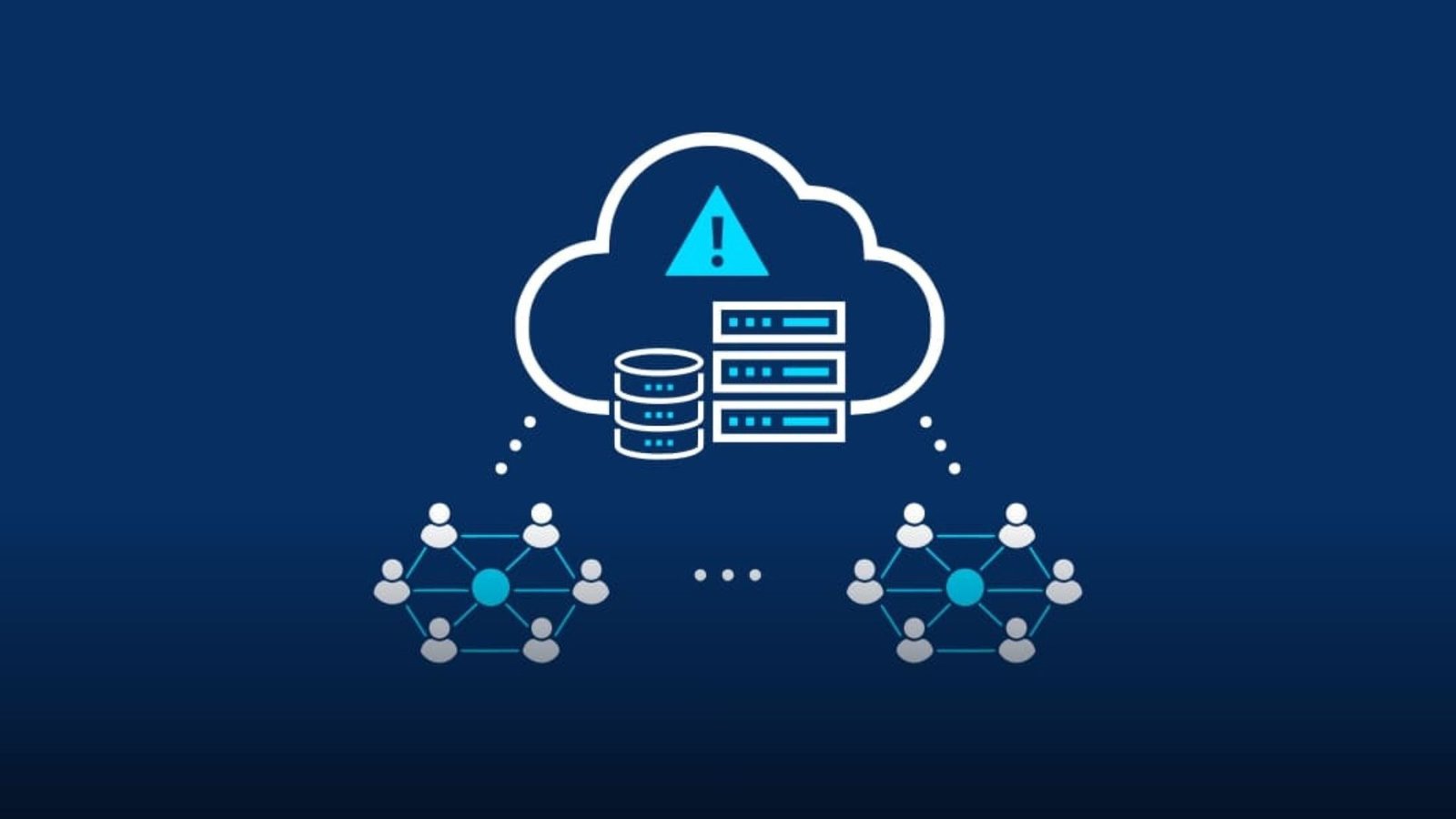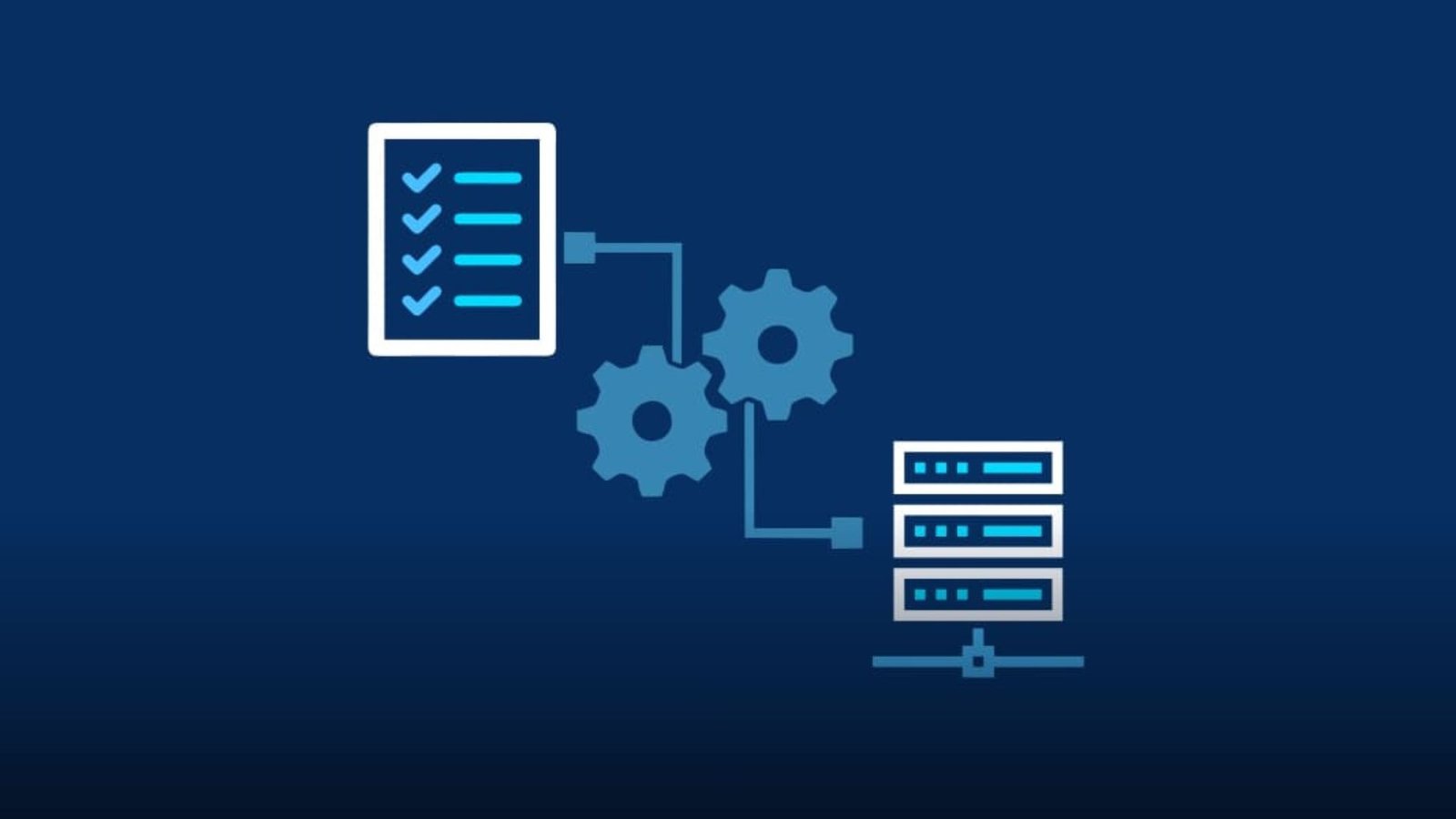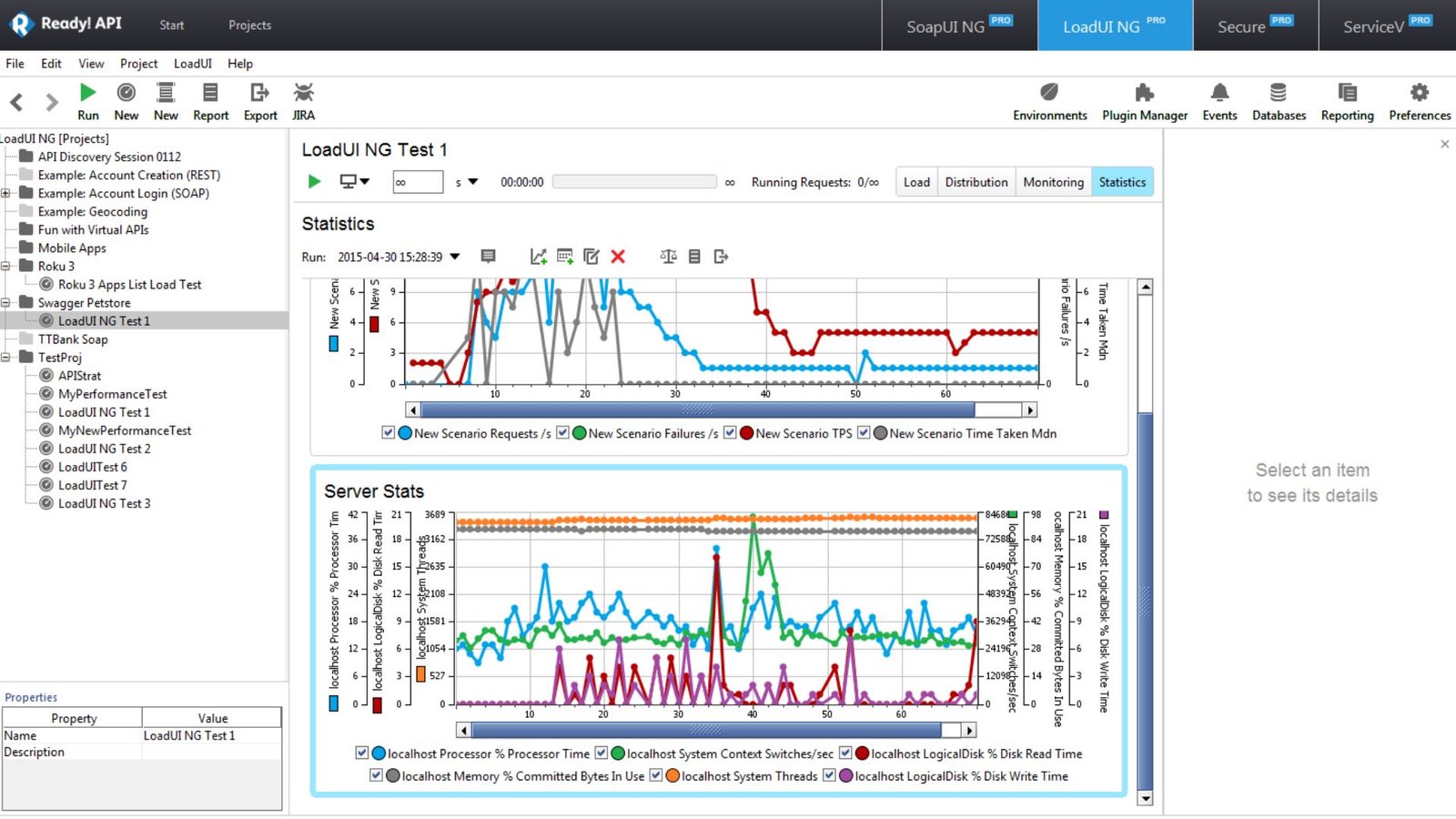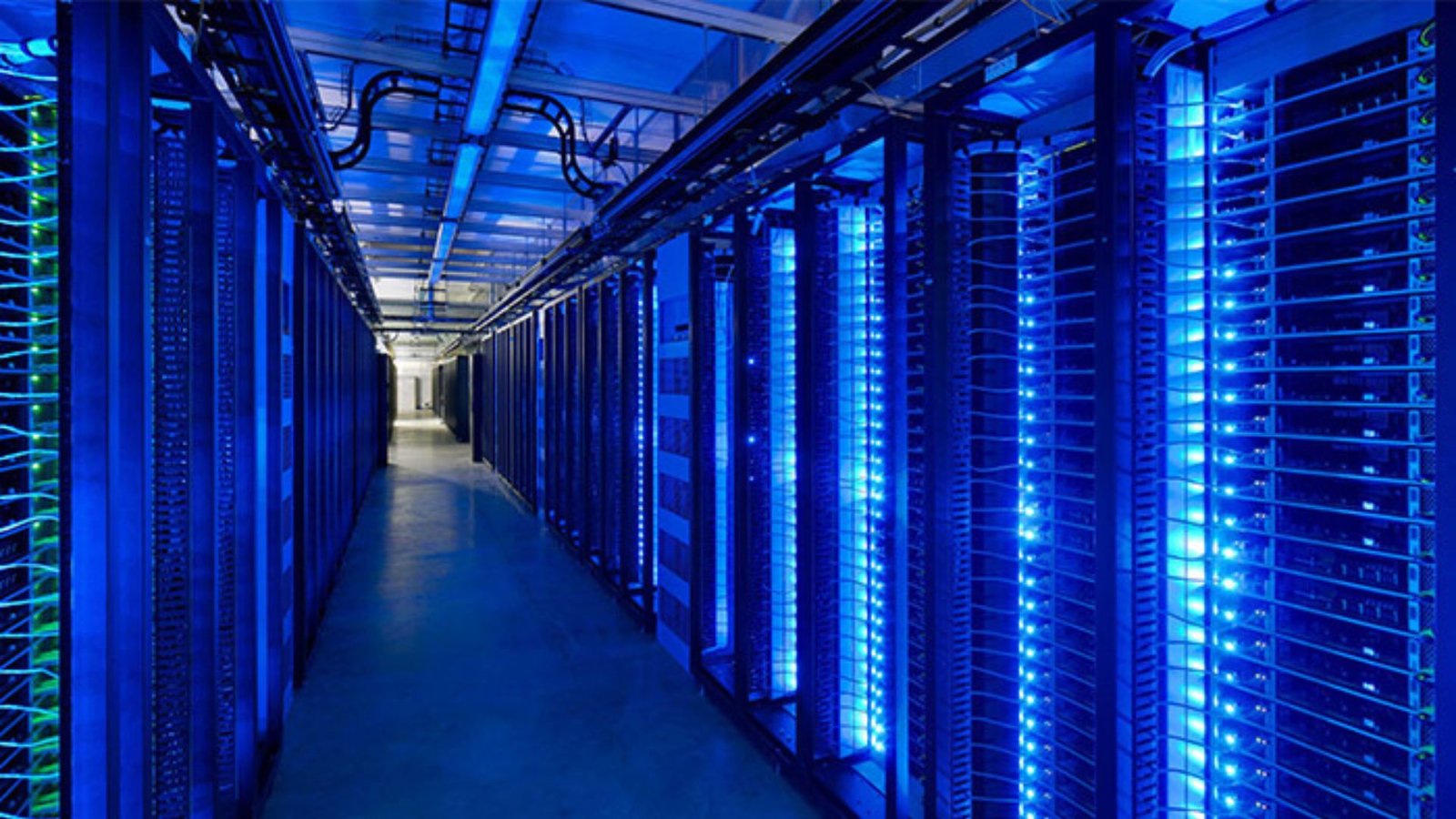When it comes to troubleshooting server issues, knowing how to quickly identify and fix problems is crucial. Server problems can lead to downtime, which can impact your business operations and user experience. In this article, we’ll guide you through some effective tips for troubleshooting server issues to help you keep your systems running smoothly.
Troubleshooting Server Issues
1. Check Server Logs
One of the first steps in troubleshooting server issues is to check the server logs. Logs provide detailed information about errors and warnings that can help pinpoint the root cause of the problem. Look for any recent entries that indicate issues and review them for clues.

2. Verify Network Connectivity
Network issues can cause server downtime or slow performance. Test the server’s connectivity by pinging it from another device and checking for any network-related errors.
3. Monitor Server Performance
Regularly monitor your server’s performance to catch potential issues early. Tools like CPU and memory usage monitors can help you identify if the server is under heavy load or if any resource bottlenecks need addressing.
4. Restart the Server
Sometimes, a simple restart can resolve many server issues. Restarting clears temporary files and resets system processes that might be causing problems. If you’re experiencing issues, try restarting the server to see if it resolves the problem.
5. Check for Hardware Failures
Hardware failures can also cause server problems. Inspect your server’s hardware components for any signs of damage or malfunction. Ensure that all components, such as hard drives, RAM, and cooling fans, are functioning properly.
6. Update Software and Firmware
Outdated software and firmware can lead to compatibility issues and vulnerabilities. Make sure that your server’s operating system, software applications, and firmware are up-to-date with the latest patches and updates.
7. Verify Configuration Settings
Incorrect configuration settings can cause server issues. Double-check your server’s configuration files and settings to ensure that they are correct and match your intended setup. Look for any recent changes that might have introduced errors.
8. Check for Security Breaches
Security breaches can compromise server performance and functionality. Review your server’s security logs for any signs of unauthorized access or malware. Run security scans to detect and remove any threats that may be affecting your server.
9. Examine Network Traffic
High levels of network traffic can overwhelm your server and cause performance issues. Analyze network traffic patterns to identify any unusual spikes or congestion. Use network monitoring tools to help manage and optimize traffic.
10. Test Server Connections
Test all server connections to ensure they are functioning correctly. This includes database connections, external APIs, and any other services your server relies on. Issues with these connections can affect server performance and functionality.
11. Review Recent Changes
If server issues arise after recent changes, such as software updates or configuration adjustments, review these changes carefully. Roll back any recent changes to see if the issue resolves, and then reapply changes one at a time to identify the cause.
12. Optimize Server Performance
Regularly optimize server performance by clearing cache files, optimizing databases, and removing unnecessary services. Performance optimization helps maintain smooth operation and can prevent potential issues.
13. Backup and Restore
Ensure that you have regular backups of your server’s data.
14. Check for Resource Limits
Servers often have resource limits set for CPU, memory, and storage. Verify that your server is not hitting these limits, as this can cause performance issues. Adjust resource allocations as needed to prevent problems.
15. Seek Expert Help
If you’re unable to resolve server issues on your own, don’t hesitate to seek expert help. Consulting with a server administrator or IT professional can provide additional insights and solutions for complex problems.
Conclusion
Troubleshooting server issues requires a systematic approach to identify and resolve problems efficiently. By following these tips, you can effectively address common server issues and keep your systems running smoothly. Regular monitoring, maintenance, and prompt action are key to ensuring reliable server performance.




